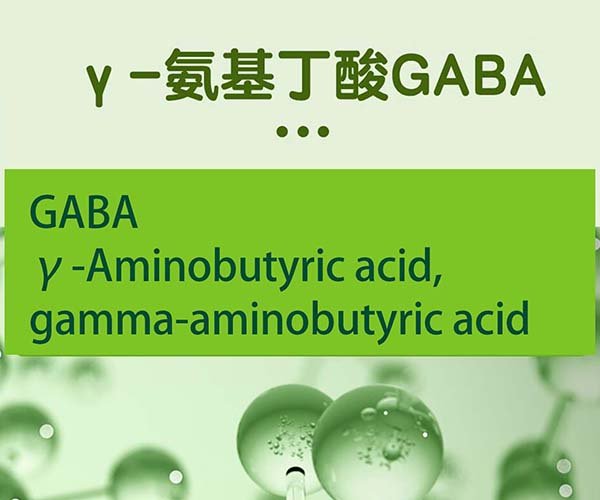Gamma-aminobutyric acid (GABA), aminobutyric acid, pipecolic acid. It is a non-protein natural amino acid, referred to as GABA, which is widely found in animals and plants.
Gamma-aminobutyric acid is contained in the seeds, rhizomes and tissue fluids of plants such as legumes, ginseng, and Chinese herbal medicines. In animals, γ-aminobutyric acid exists almost exclusively in neural tissue, with the content in brain tissue being approximately 0.1-0.6 mg/gram of tissue. Immunological studies have shown that the area with the highest concentration is the substantia nigra in the brain.
Gamma-aminobutyric acid is neither a pesticide, nor a plant growth regulator, nor a traditional fertilizer, but a green, safe and efficient biostimulant, and a cell signal inducer with a clear mechanism. An important inhibitory neurotransmitter, it participates in a variety of metabolic activities and has high physiological activity.
Major scientific research institutes at home and abroad have conducted varying degrees of research on γ-aminobutyric acid (GABA). With the revelation of the mechanism of action of γ-aminobutyric acid (GABA) on plants (participation in branched and polycyclic tricarboxylic acid cycles) amine synthesis).
In plants, γ-aminobutyric acid plays a dual role as a metabolic substance and a signaling substance, and participates in plant pH regulation, energy substance regulation of C/N balance, and defense system regulation, and has the ability to promote plant reproductive growth and vegetative growth. And it also plays an active role in the process of resisting diseases and pests. When plants face adverse stress, the GABA content in each tissue increases rapidly and massively.
Solubility: soluble in water: 130g/100g water, insoluble in polar solvents such as ethanol and propanol, and insoluble in organic solvents.
Advantages of gamma-aminobutyric acid (GABA):
1. Fermentation process safety:
Biological fermentation without any chemical additions. Does not contain heavy metals, state banned and other toxic substances. The ingredients are clear and safe for humans, animals, non-target organisms, and crops. It has no side effects during production and does not affect soil microbial community and activity.
2. Not easy to absorb moisture:
After special processing, it completely eliminates the tendency to absorb moisture, making it less likely to absorb moisture in high temperature and high humidity environments.
3. High solubility, fully water-soluble:
Very suitable for fertilizer addition and suitable for sprinkler and drip irrigation
4. Easy to add:
Can be mixed or sprayed. It is easy to process and produce, resistant to storage, convenient to transport, and flexible and convenient to use.
5. Efficient and stable:
Low dose, high activity, easy to compound with other fertilizers, stable and long-lasting fertilizer effect, acid and alkali resistance, high temperature resistance (200℃), stable quality, synergistic activity and long shelf life (synergists and fertilizers containing synergists).
6. Clear mechanism:
A large number of experts and scholars around the world have studied for many years, and the metabolic pathways are clear and have been concluded.
7. Strong functionality and remarkable effect:
It can improve the microecological environment in the root zone of crops, improve and repair soil, activate nutrient functions, and enhance the ability of crops to resist disease and improve quality.
8. Good compoundability:
Added to compound fertilizer, it release to crops as quickly as possible during fertilizer application, promoting crop self-regulation. Adding it to a large number of elements can achieve a weight loss effect of 10-20%, and it can also improve crop control at the same amount of fertilizer. Fertilizer utilization efficiency.
Added to the bacterial agent, it can inhibit the germination of bacterial strains at high concentrations and extend the shelf life. At low concentrations, it promotes bacterial reproduction and improves disease prevention and growth promotion effects.


